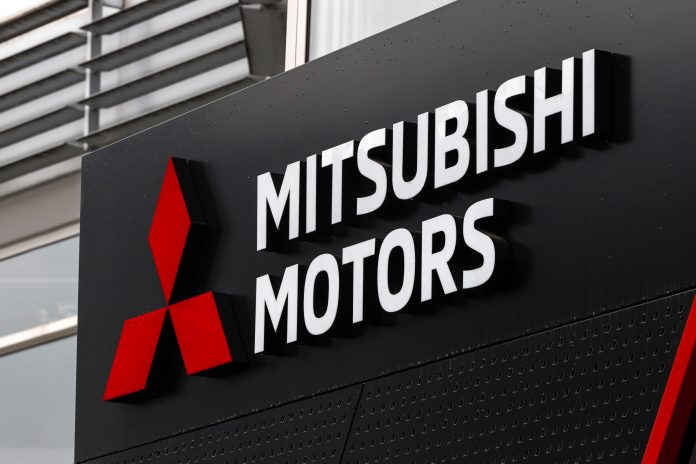Mitsubishi’s product range in the U.S. has been limited, resulting in reduced consumer interest and a market share of only 0.6% last year. However, the company plans to come back by expanding its product lineup and implementing new retail strategies.
By 2030, Mitsubishi aims to double its U.S. lineup from four to nearly eight nameplates. In collaboration with Nissan, the company plans to introduce an entry-priced plug-in hybrid crossover, a sporty passenger van, and an electric-only model.
To increase consumer access to its products, Mitsubishi plans to expand its U.S. dealer network. Currently, the brand’s 330 dealerships cover only a third of the U.S. market, but the goal is to extend coverage to over 50% by the end of the decade.
Mitsubishi also plans to introduce new, smaller-footprint retail formats to bring its vehicles closer to consumers. This includes debuting showroom-only concept stores in high-traffic areas and introducing compact sales and service concepts for suburban locations.
The company’s CEO emphasized that the new retail formats and expanded network are part of a broader strategy to operate more efficiently and sustainably. These initiatives aim to address consumer demand, increase brand and product awareness, and provide dealers with more customer touchpoints.
While the new retail concepts are seen as positive steps, it is acknowledged that the quality and appeal of Mitsubishi’s products will ultimately determine the company’s success.



